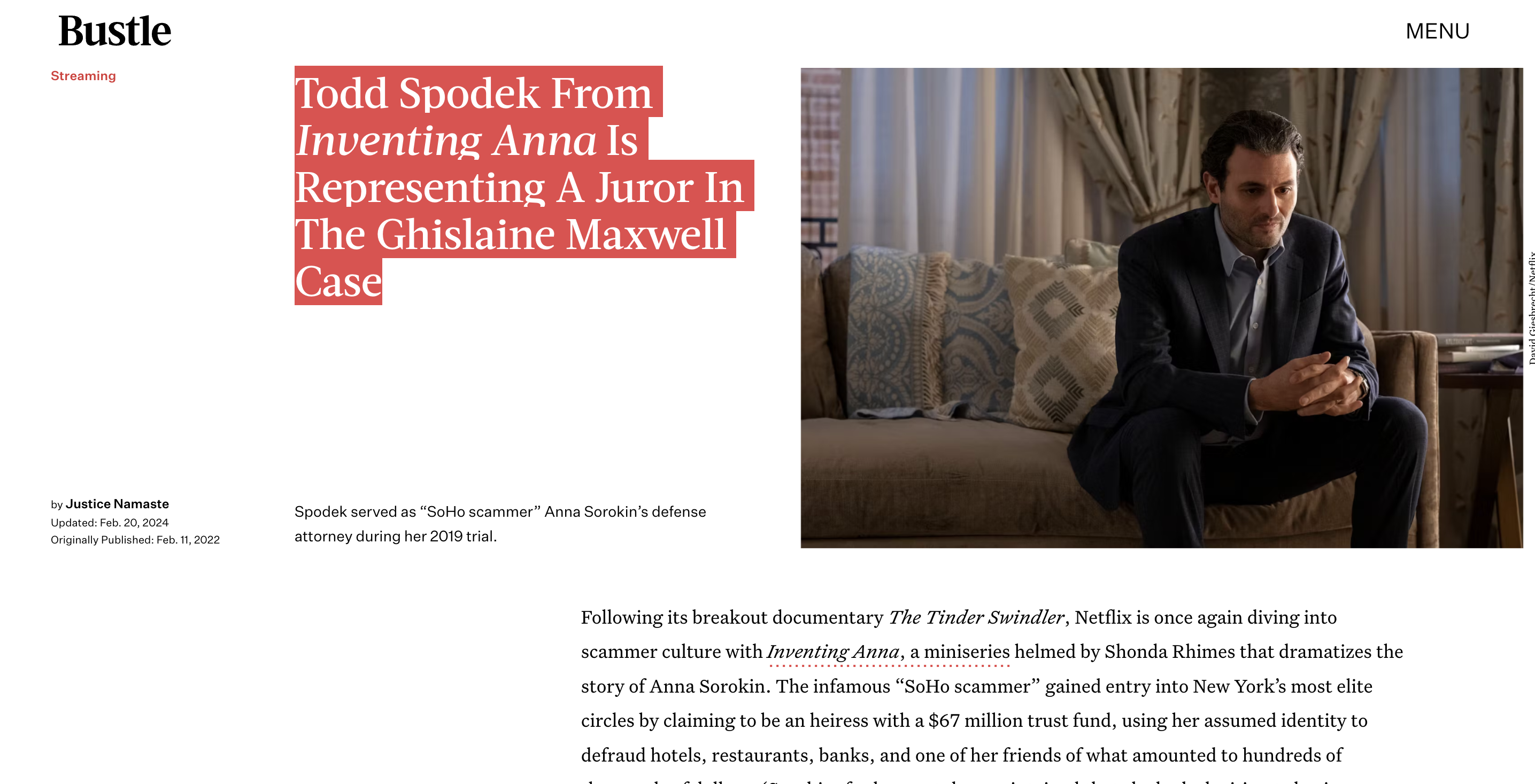Blog
How FRE 404 Can Make or Break a Counterfeiting Case
Contents
- 1 How FRE 404 Can Make or Break a Counterfeiting Case
- 1.1 What is FRE 404?
- 1.2 Why is 404 Important in Counterfeiting Cases?
- 1.3 Common 404 Issues in Counterfeiting Trials
- 1.4 When Can 404(b) Evidence Come In?
- 1.5 Common Defense Arguments to Exclude 404(b) Evidence
- 1.6 Proper Introduction of 404(b) Evidence
- 1.7 Example of 404(b) Evidence in a Counterfeiting Case
- 1.8 Conclusion
How FRE 404 Can Make or Break a Counterfeiting Case
Counterfeiting cases can live or die based on the admissibility of character evidence under Federal Rule of Evidence 404. This rule governs when character or prior bad acts evidence can be used against a defendant. Understanding 404 is crucial for prosecutors and defense attorneys in counterfeiting prosecutions.
What is FRE 404?
FRE 404 deals with character evidence. It says that evidence of a person’s character or prior bad acts is not admissible to show that on a particular occasion the person acted in accordance with that character. For example, evidence that a defendant previously committed counterfeiting cannot be used to show that he committed the counterfeiting currently charged. There are exceptions, but 404 generally prohibits using someone’s character against them.
Why is 404 Important in Counterfeiting Cases?

Counterfeiting cases often rely on circumstantial evidence like possession of equipment or materials. Prosecutors want to convince juries that this evidence shows criminal intent. But if defendants have no criminal record, juries may doubt they intended to counterfeit. Prosecutors then want to bring in 404(b) evidence of past crimes or bad acts to show intent, knowledge, motive, etc. But 404 often bars this, preventing prosecutors from poisoning the jury against defendants based on their character alone.
Common 404 Issues in Counterfeiting Trials
Several 404 issues frequently arise in counterfeiting cases:
- Prior convictions – Prosecutors want to show defendants were convicted of counterfeiting before, proving they knew what they were doing this time. But 404 bars this unless very specific exceptions apply.
- Other bad acts – Prosecutors often have evidence of past uncharged counterfeiting acts they want to use to prove intent and knowledge. But 404 prohibits this in most cases.
- Expert testimony – Experts cannot profile defendants as typical counterfeiters based just on their personality and demographics. This is impermissible character evidence under 404.
When Can 404(b) Evidence Come In?
There are exceptions where 404(b) evidence can be admitted in counterfeiting cases:
- Knowledge – If defendants claim they didn’t know their actions were illegal, prosecutors can introduce evidence of past counterfeiting acts to show the defendants did have knowledge.
- Intent – Evidence of past counterfeiting shows defendants intended to counterfeit again, not just manufacture goods innocently.
- Motive – Past counterfeiting to make money can help explain why defendants would counterfeit again.
- Opportunity – Evidence of defendants’ past counterfeiting shows they had the skills, equipment, and access to counterfeit again.
But the exceptions are still very limited. The prior bad acts must be very similar to the charged conduct. The evidence can’t just show propensity. There must be a proper purpose like proving knowledge or intent.
Common Defense Arguments to Exclude 404(b) Evidence
Defense attorneys have several good arguments to exclude 404(b) evidence:
- The prior acts are too dissimilar – Counterfeiting clothes is very different from counterfeiting DVDs.
- The evidence shows propensity, not knowledge – Prosecutors really just want to show defendants are career counterfeiters.
- The prior acts are too remote in time – Decade-old counterfeiting doesn’t prove current intent.
- The evidence is overly prejudicial – Even if relevant, the jury will convict based on past crimes, not the charged act.
Smart defense lawyers will file motions in limine before trial demanding a hearing to exclude improper 404(b) evidence. If the evidence comes in, they will object at trial and request a limiting instruction telling jurors not to use it as propensity evidence.
Proper Introduction of 404(b) Evidence
For 404(b) evidence to be admitted, prosecutors must:
- Provide pretrial notice they intend to introduce the evidence.
- Explain precisely what the evidence is.
- Articulate exactly what permissible 404(b) purpose it serves.
- Show the prior acts are similar to the charged conduct.
- Establish a close temporal connection between the prior acts and the charged acts.
If prosecutors fail to do this, the judge should exclude the evidence no matter how egregious the defendant’s past acts may be.
Example of 404(b) Evidence in a Counterfeiting Case
Imagine a defendant is charged with counterfeiting designer handbags. Prosecutors want to introduce evidence that 2 years earlier, he was convicted of selling counterfeit sunglasses at a flea market. This evidence should be excluded under 404. The prior conviction is too temporally remote. And it involves an entirely different product – sunglasses instead of handbags. The prior conviction just shows propensity, not knowledge of handbag counterfeiting specifically. Unless the prosecutors can articulate a much more compelling reason, this evidence should be excluded under 404.
Conclusion
FRE 404 is crucial in counterfeiting prosecutions. It prevents defendants from being unfairly convicted based on their character rather than their conduct. Prosecutors often want to introduce prior bad acts evidence. But defense lawyers can frequently keep this poisonous information out. Understanding 404 can make or break the outcome of a counterfeiting case.
For more information on FRE 404 in counterfeiting cases, check out these additional resources:
Text of Federal Rule of Evidence 404
DOJ Guidelines on 404(b) Evidence









